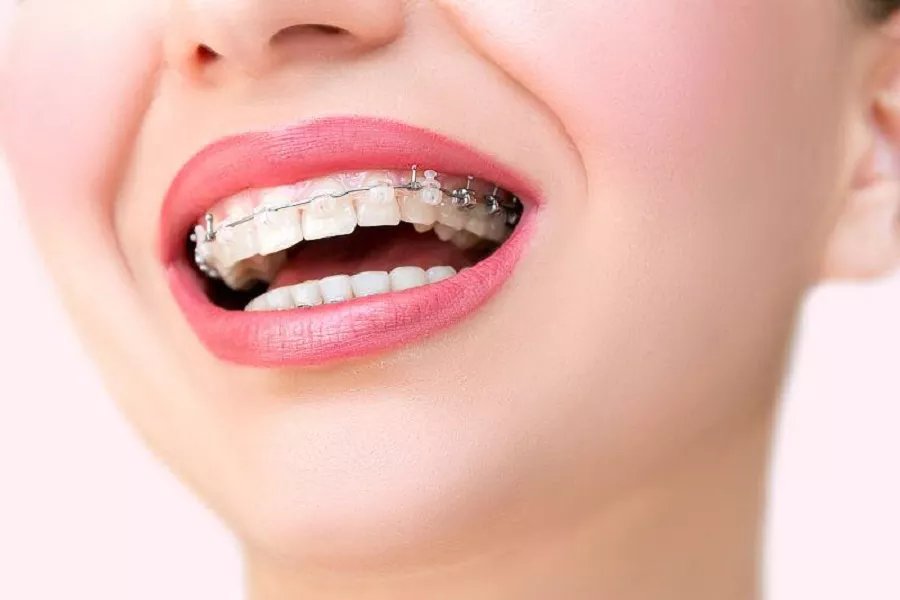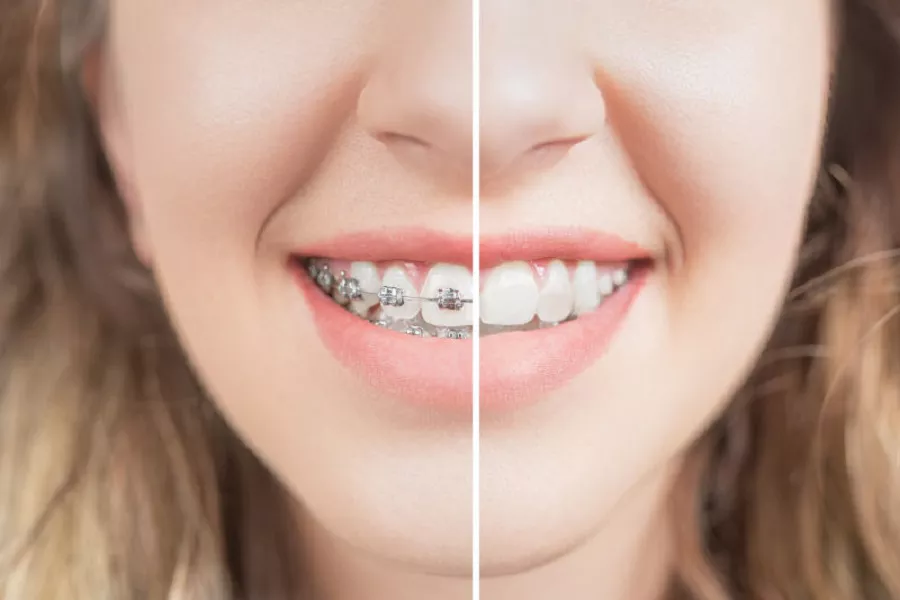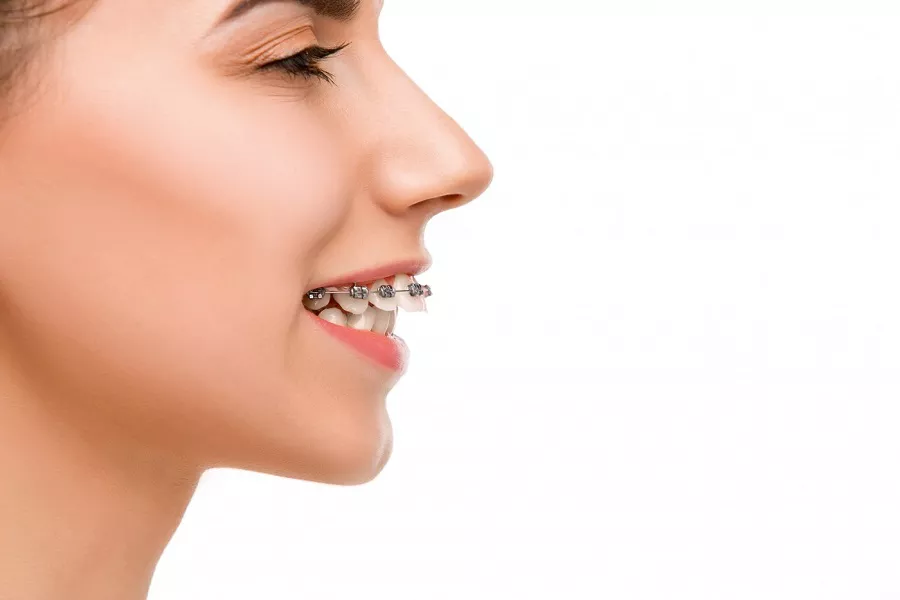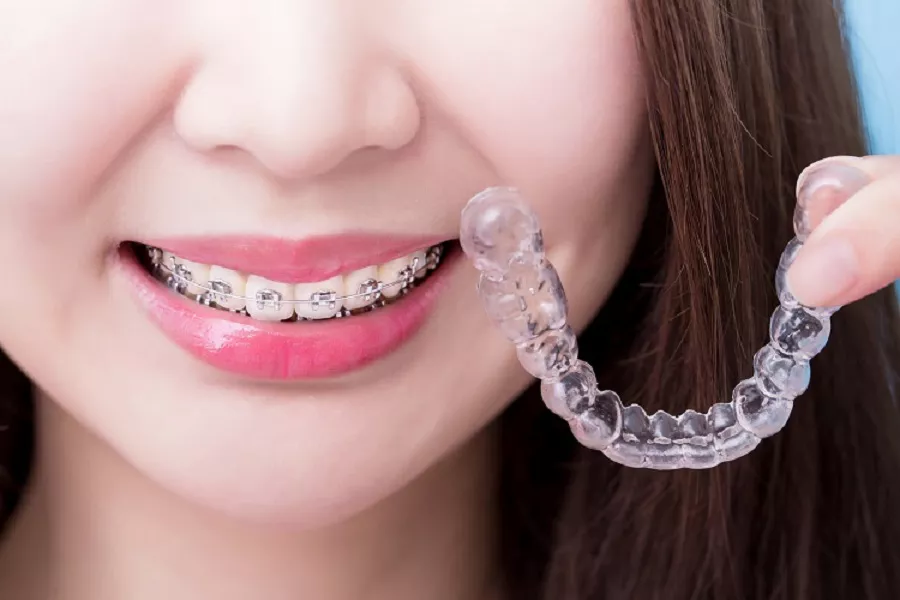What to do if the child’s teeth are underbited? That is to say, when the upper and lower teeth bite, the upper front teeth should be biting on the outside of the lower front teeth. If the opposite is true, the lower front teeth should be biting on the outside of the upper front teeth. This situation is called crossbite in stomatology. . So, what to do with your child’s underbite?
Timely correction of underbite teeth According to experts from the Stomatological Hospital, the clinical manifestations of subjacent teeth can simply be the underbite of the front teeth, while the relationship between the posterior teeth is normal, and there is no obvious abnormality in the facial shape. In severe cases, in addition to anterior crossbite, the posterior teeth are mesial malocclusion, the middle third of the face is not fully developed, and the mandibular protrusion is deformed. Types of underbite teeth:
1. Odontogenic type: mostly caused by local obstacles, manifested as simple anterior crossbite, less reverse coverage, and the molar relationship is neutral or mesiococcal. The size and shape of the mandible are normal, the relationship between the upper and lower jaws is normal, the mandible can be retracted to a tangential relationship, and the face is basically normal.
2. Functional type: Mandibular overprotrusion and anterior crossbite are mostly caused by poor breastfeeding posture. The size and shape of the mandible are normal.
3. Bone-derived type: mostly caused by factors such as heredity and disease. In addition to the anterior crossbite, the reverse coverage is large, the molars are mesial, and there is jaw deformity, which is manifested as long mandible body, short mandibular ramus and blunt mandibular angle, underdevelopment of the maxilla, prominent frontal protrusion, and the mandible cannot move on its own. Receding, the face is concave, sometimes accompanied by opening and closing deformities.





























